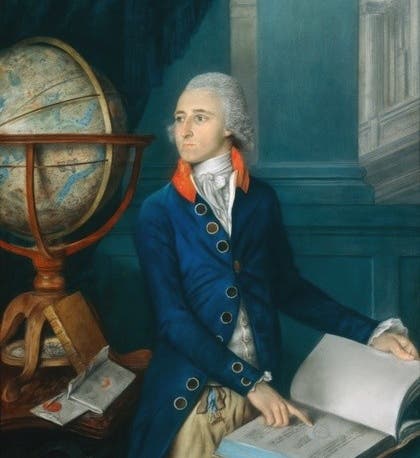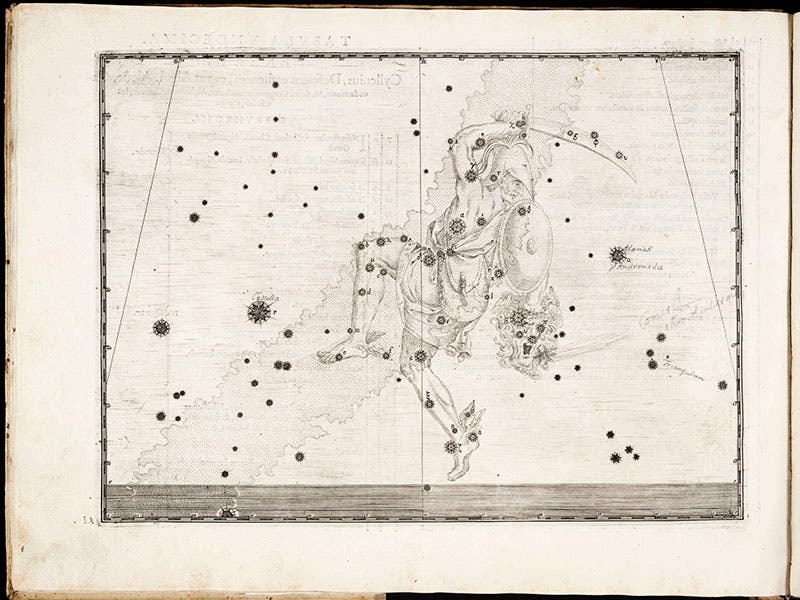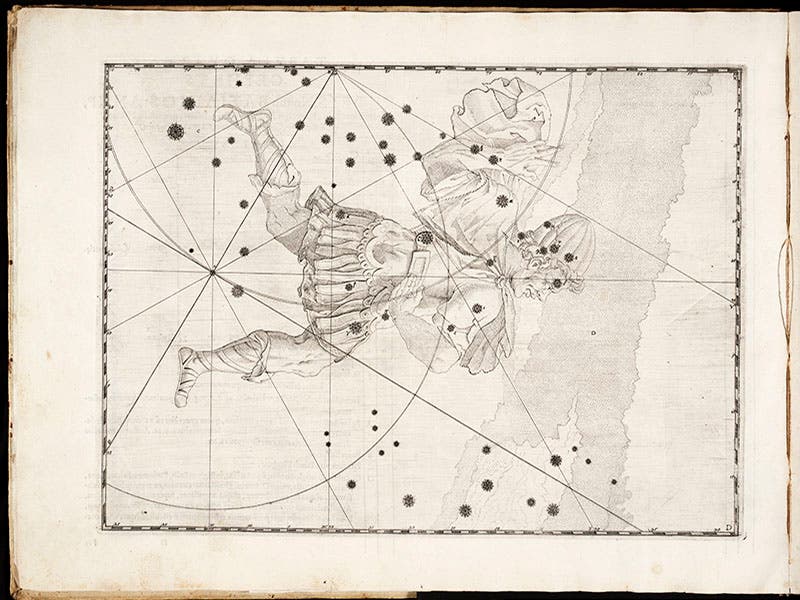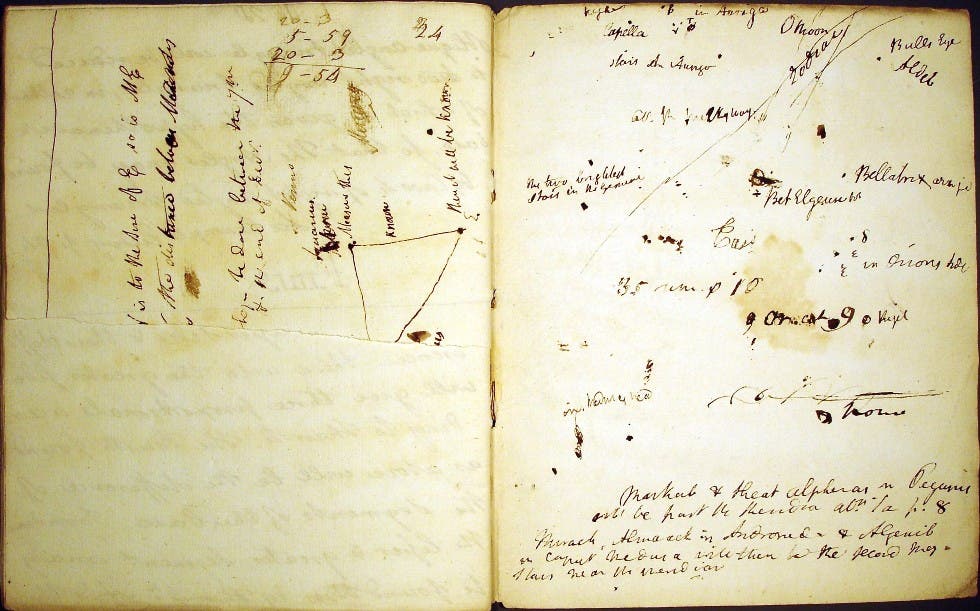Scientist of the Day - John Goodricke
John Goodricke, an English astronomer, was born Sep. 17, 1764. Goodricke was what was called in the 18th century a deaf-mute, a disability that arose from a bout with scarlet fever in his youth. He would die of pneumonia in his 21st year. But in his short, silent life, Goodricke made quite a stir in astronomical circles. Moving back to York after finishing his education, he was befriended by a neighbor, Edward Pigott, who encouraged Goodricke’s interest in astronomy. In particular, Pigott suggested to Goodricke that he investigate variable stars, which had attracted the interest of only a few astronomers up to that point. In 1783, Goodricke determined the period of a variable star called Algol, or beta Persei; he measured its period at just under three days. Even better, he suggested that the variability was caused by a dark object, possibly a planet, that regularly passed in front of the star. The modern explanation is that Algol is a binary star, with the eclipse caused by the smaller orbiting star, rather than a dark planet, but Goodricke's mechanism was basically on target. For those who need to be reacquainted with the constellations, we show below the constellation Perseus, holding the head of Medusa, from Johann Bayer’s Uranometria (1603). Algol is the star marked “Beta” in the position of Medusa’s right eye.
The next year, Goodricke discovered that the delta star in Cepheus is also variable, with a period of just over 5 days. We show the constellation of Cepheus from Bayer’s Uranometria; delta Cephei is right in the middle of Cepheus’s forehead (third image, below). We chose the Bayer star atlas because it was here that the designations “beta Persei” and “delta Cephei” were coined and first appeared. There is now a whole class of variable stars, the "delta Cepheids", or "Cepheids", that are very important in helping determine galactic distances. Much later, American astronomer Harlow Shapley would use Cepheids to estimate the size of our Galaxy in 1918.
Recent research has shown that Goodricke was considerably aided in his discoveries by the suggestions and prior work of Pigott. Still, Goodricke’s success against all the obstacles thrown at him by Nature has given strength to other scientists laboring under physical disabilities. There is a plaque in his honor at the Treasurer’s House in York, where Goodricke had his observatory (fourth image, below), within sight of the great Gothic cathedral, York Minster.
The Royal Astronomical Society in London has a pastel portrait of Goodricke (first image). That there is a portrait at all is a bit of a surprise, since one would not think that Goodricke was famous enough to warrant one before his untimely death. However, Goodricke did present his paper on Algol to the Royal Society of London in 1783, when he was 18, and for it he received the Copley Medal, a very prestigious award, so perhaps that was the occasion for the portrait. Certainly his family could afford it – his grandfather was a baronet and the ambassador to Sweden. It is a handome portrait, by a Scottish pastelist working in London, James Scouler. The reproduction we show is a little small, and has been cropped, but for some reason the Royal Astronomical Society chose to grant photo rights to the Science Photo Library, which slathers their images with watermarks. You can see the larger version here, if you are curious, and don’t mind a flash of irritation.
Many, perhaps all, of Goodricke’s notebooks are held by the York Philosophical Society. We show a page opening from one of his notebooks above (fifth image). If you look closely at the right-hand page, you can make out the star names of Betelgeuse, Bellatrix, and Aldeb on the right-hand page, as well as the three stars of Orion’s belt. There is an excellent entry on Goodricke, by Linda M. French, on the Society’s website.
Dr. William B. Ashworth, Jr., Consultant for the History of Science, Linda Hall Library and Associate Professor emeritus, Department of History, University of Missouri-Kansas City. Comments or corrections are welcome; please direct to ashworthw@umkc.edu.






![“Aurora Borealis,” hand-colored wood engraving by Josiah Wood Whymper, [Natural Phenomena], plate 2, 1846 (Linda Hall Library)](https://assets-us-01.kc-usercontent.com:443/9dd25524-761a-000d-d79f-86a5086d4774/0245ffcb-b70c-477c-8792-0a73ebd54eb2/Whymper%2011.jpg?w=210&h=210&auto=format&fit=crop)



